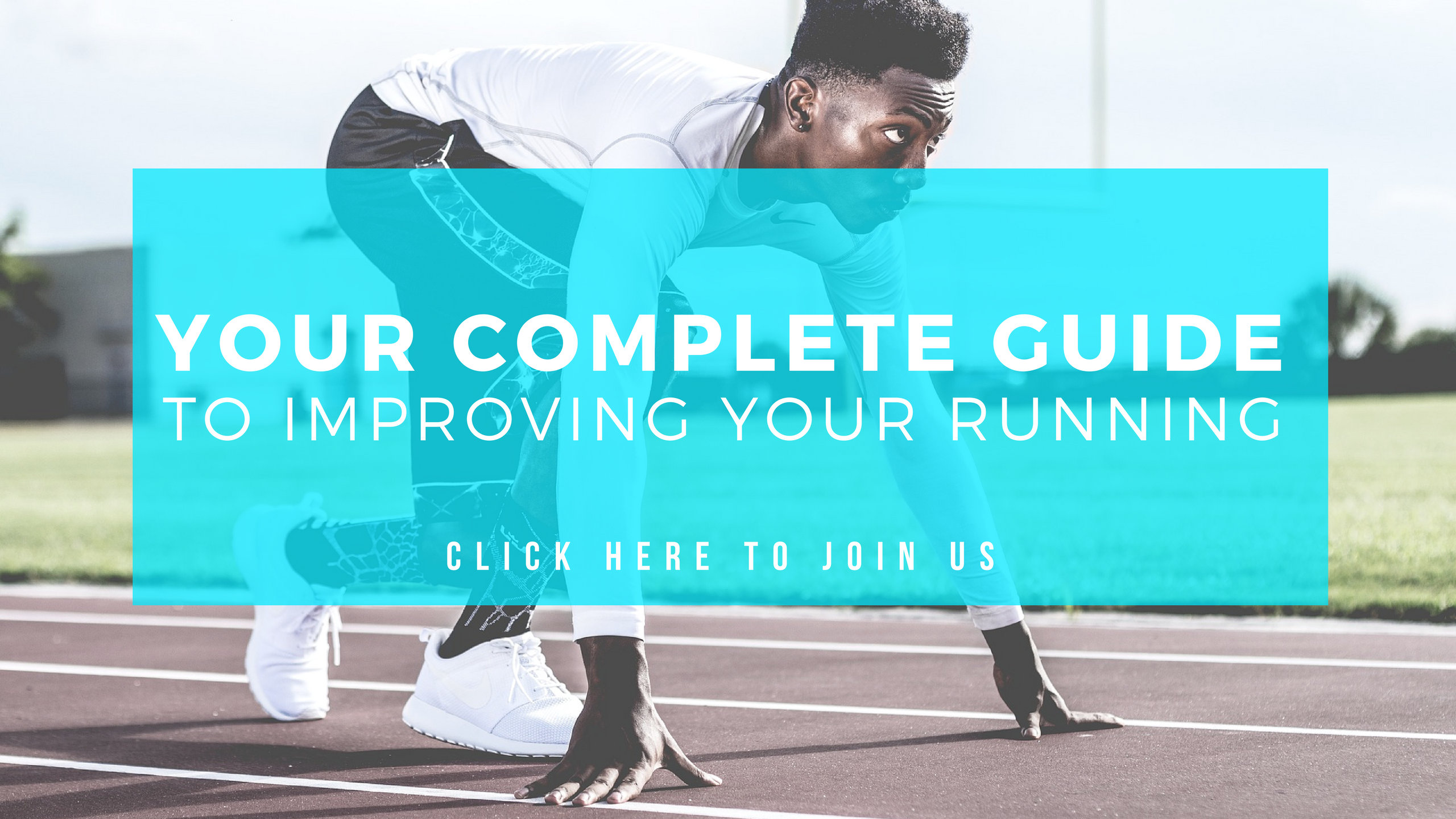
Running Injuries: Achilles Tendinopathy
Did you know that Achilles tendinopathy problems account for up to 17% of all running injuries, and an estimated 50% of all athletes will at some stage in some capacity fall victim to this pathology? With an average recovery time of 3-6 months it’s the type of injury that can really stop you in your tracks.
So how can you reduce the chances of this happening to you?
With fairly simple measures really – Making sure that you are participating in regular stretching to maintain the flexibility of the calf muscle and prevent it from tightening is paramount. All too often we are all guilty of sacking off stretching post exercise, but this can be to our detriment. Improving calf flexibility can be done through a variety of ways including stretching, foam rolling and having regular sports massage. Runners are highly susceptible to developing tight calves and so it’s important to spend time to rectify this.
Its worth noting that you have two major calf muscles; the gastrocnemius and the soleus. The gastrocnemius is the more superficial of the two, with the soleus muscle sitting deeper. Frequently athletes will neglect the soleus muscle causing it to tighten and lead to problems. So making sure that you work deeper with the foam roller and include soleus specific stretching will help to prevent this.
Other measures to address in the prevention of Achilles problems include making sure that you are doing strengthening exercises for your gluteal muscles on a regular basis, particularly if you are training for longer distance events. There is a frequent link between Achilles pain and muscular weakness around the hip. Make sure you work on developing muscular endurance as well as strength and power though.
If you start to develop Achilles pain it is advisable to stop running immediately and get yourself assessed in order to establish why you are getting the pain. You can then start to correct the problem before it takes a hold of your training.
So all in all, keeping your calves loose with regular flexibility work and include strength training in your training programme will help to prevent those pesky injuries interfering with your training allowing you to focus on that PB instead.



